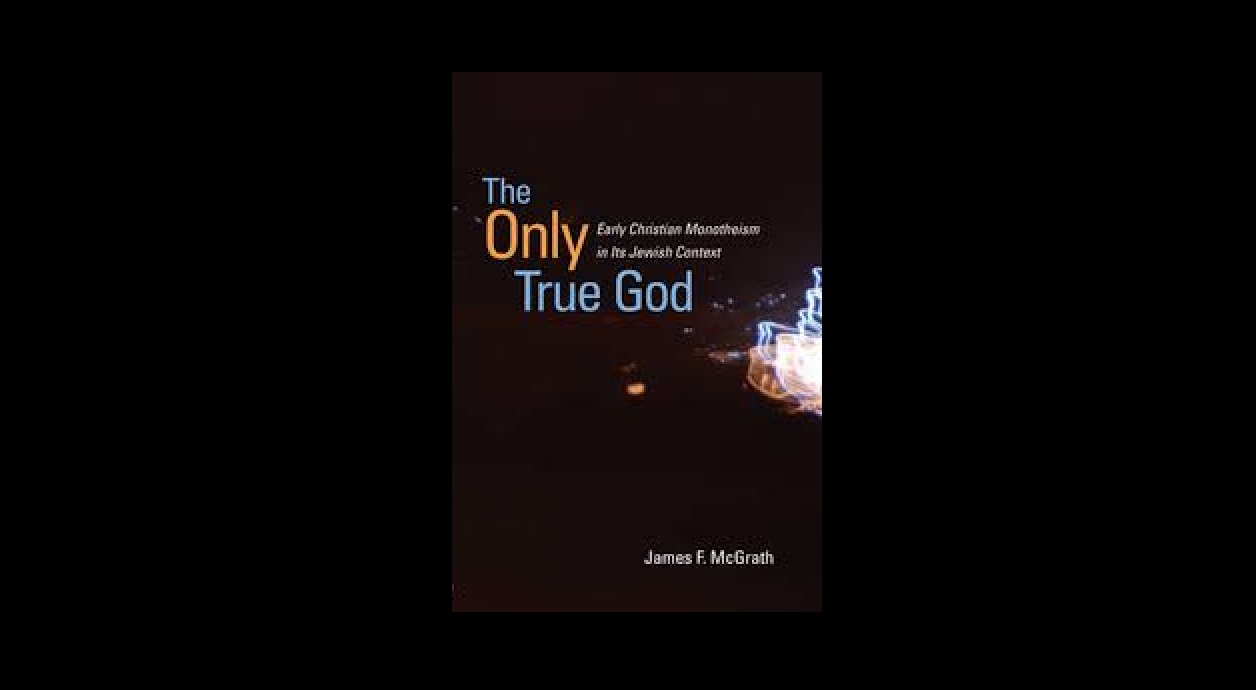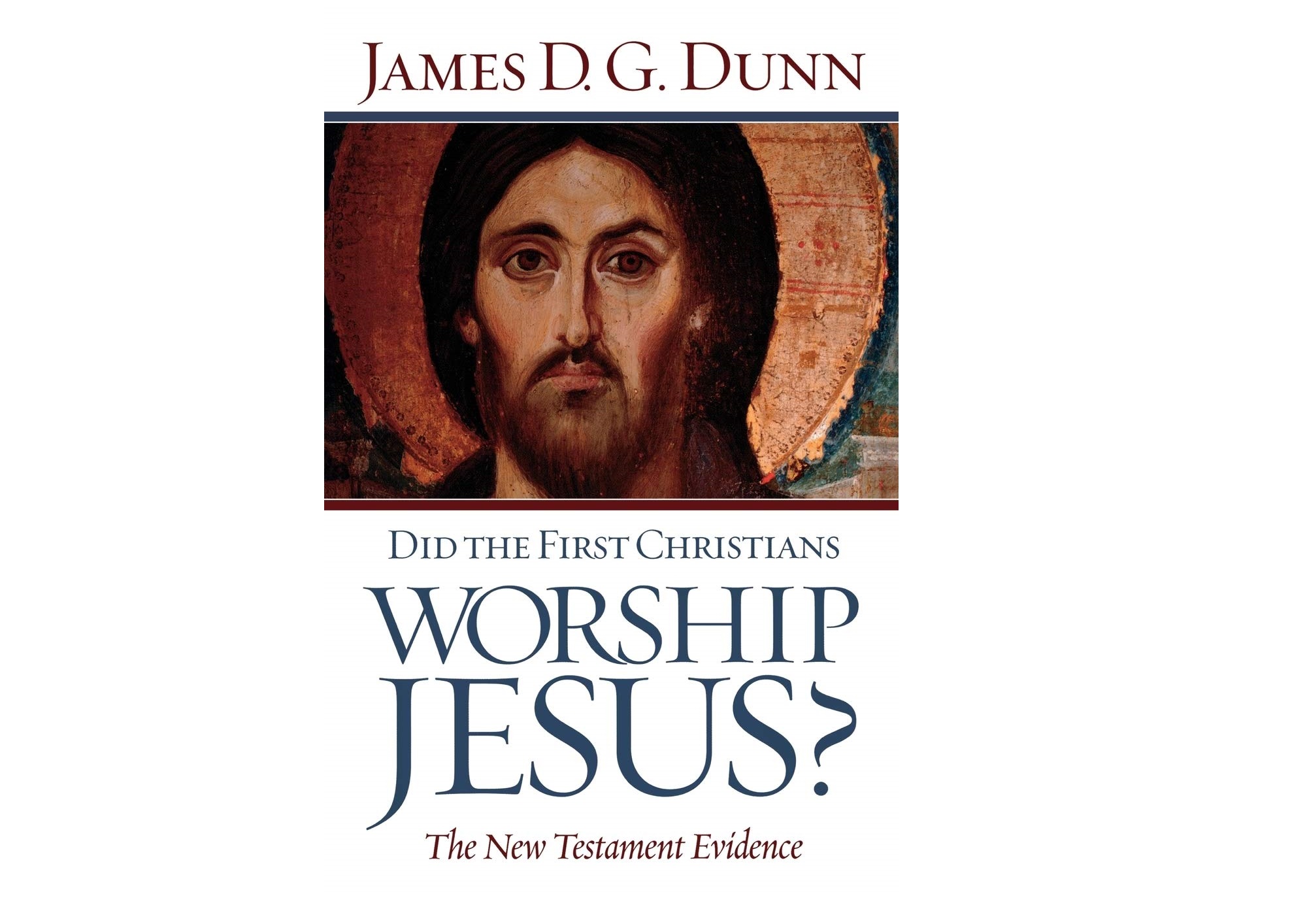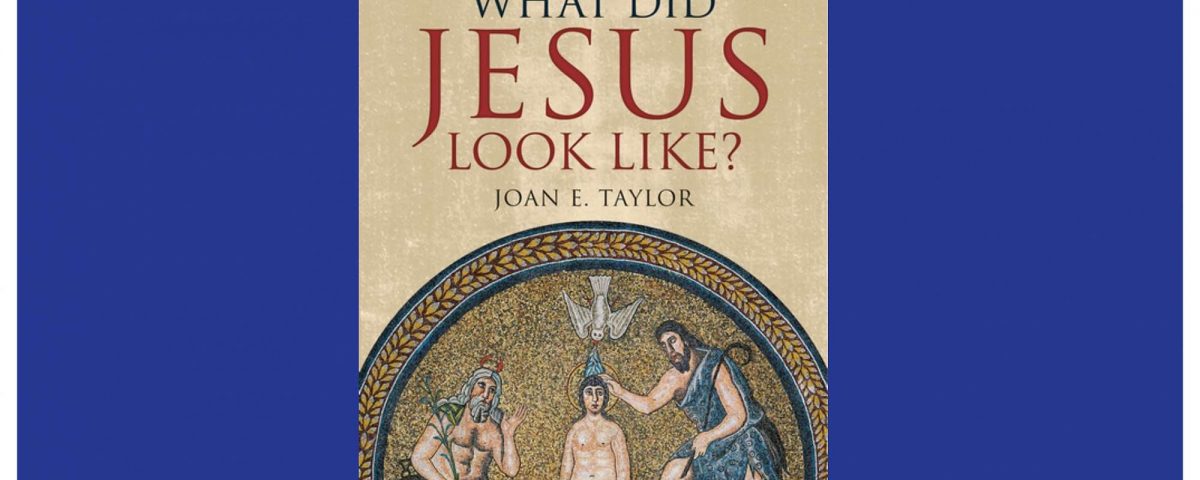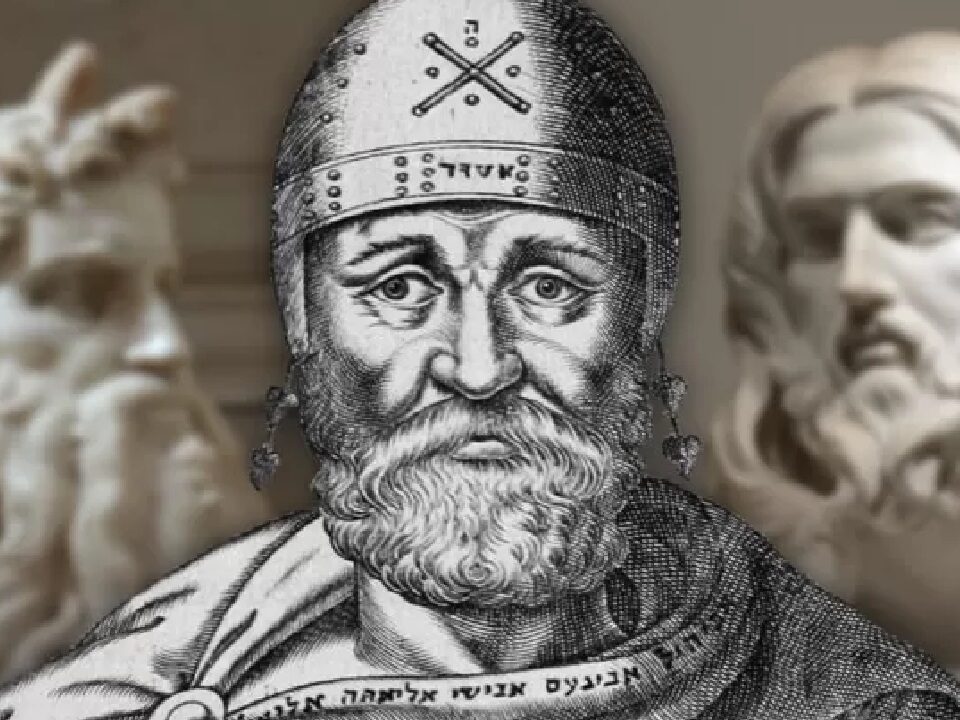
The chief agent of God in Revelation
March 31, 2020
Jesus in the Apocalypse
April 29, 2020Moses: “god-man”

What Did Jesus Look Like? By Joan E. Taylor
Scholars have identified that Jesus is portrayed as the new Moses in the Gospel of Matthew, but also elsewhere.[1] In Luke 24:19, 21, Acts 3:22–23 and 7:35–43, Jesus is the expected prophet like Moses. Moses was the great miracle-maker of Scripture (Deut. 34:11).
The Gospel of John sets the story of Moses as the underlying pattern for Christ, with Moses ultimately predicting Christ (John 1:45). Here, Jesus states, “Just as Moses lifted up the snake (= staff) in the wilderness, so the Son of Man must be lifted up, so that everyone who believes may have life in him’ (John 3:14-15). In this Gospel Jesus completes what was begun by Moses in the law, which has been misunderstood (John 5:46; 6:32; 7:19. 22-23); Moses is the law-giver but grace and truth (completing the law) come from Jesus (1:17).[2]
The Epistle of Barnabas, written in the early second century, established Moses as a ‘type’ of Christ; the true law given to Israel was passed to the Church, and misunderstood by Jews (Ep. Barn. 14). It would then have been obvious to the early church that this message could be conveyed by portraying Jesus in a way that was like the portrayal of Moses.
The Jesus–Moses link we see in art is supported by literature of the early Church. Jefferson has traced instances in the writings of the early church that stress Christ’s miracle- working as proof of his status as Son of God and similarity or superiority to Moses (Eusebius, Dem. Evang. 3:2:91d–93d; 3:4:109b; Ps. Clement, Rec. 1:57; Origen, Contra Celsum 1:45; Augustine, Ep. 137:13).[3]
Moses in the first centuries was not as we would imagine him, with the long, grey beard of Renaissance art, but as a younger divine man (theios aner) in his own right, more than a prophet. In Hellenistic Jewish writings of Philo and Josephus, highly influential in the early church, Moses was liminal in terms of the categories of mortal and immortal.
Josephus specifically calls Moses theios aner (Ant. 3:180).[4] For Philo Moses was the most perfect of all human beings (Mos. 1:1-2), and most holy (Leg. 3:185; Cher. 39; Det. 135, 140; Spec. 1:59; Virt. 175), the perfect suppliant and minister of God (Det. 160 cf. Ebr. 100),[5] even ‘god and king’ (Mos. 1:158). He had ascended into Heaven.[6] Moses was also widely known in Graeco-Roman antiquity, beyond Judaism and Christianity.[7]
[1] Dale Allison, The New Moses; Jefferson, ‘Staff’, 236-27.
[2] Marie-Emmile Boismard, Moses or Jesus (Minneapolis, MN: Fortress Press, 1993); Stanley Harstine, Moses as a Character in the Fourth Gospel: A Study of Ancient Reading Techniques (London: Bloomsbury, 2002).
[3] Jefferson, ‘Staff’, 239-43; Jefferson, Christ the Miracle Worker, 166-69.
[4] For a discussion of this, see Carl Holladay, Theios Aner in Hellenistic-Judaism: A Critique of the Use of this Category in New Testament Christology (Society of Biblical Literature Dissertation Series 40. Missoula, MT: Scholars Press, 1977).
[5] See the studies by Louis H. Feldman, Philo’s Portrayal of Moses in the context of Ancient Judaism (Notre Dame, IN: University of Notre Dame Press, 2007); Louis H. Feldman, ‘Josephus Portrait of Moses’, JOR 82, nos 3-4 (1992), 285-28; Louis H. Feldman, Josephus Portrait of Moses, Part Two’, JOR 83 (1-2, 1992), 7–50; Louis H. Feldman, Josephus Portrait of Moses, Part Three’, JQR 83 (3–4, 1993), 301-30.
[6] Johannes Tromp, The Assumption of Moses: A Critical Edition with Commentary (Studia in Veteris Testamenti pseudepigrapha, 10. Leiden: Brill, 1993): Christopher Begg, ‘Josephus’s Portrayal of the Disappearances of Enoch, Elijah, and Moses: Some Observations’, JBL 109 (1990), 691-93; James D. Tabor, ‘Returning to the Divinity’: Josephus’s Portrayal of the Disappearances of Enoch, Elijah, and Moses’, JBL 108, 2, 1989, 224–38; John Lierman, The New Testament Moses: Christian Perceptions of Moses and Israel in the Setting of Jewish Religion (WUNT 173: Tübingen: Mohr Siebeck, 2004), 229-46.
[7] See John G. Gager, Moses in Greco-Roman Paganism (Nashville, TN: Abingdon, 1972).

